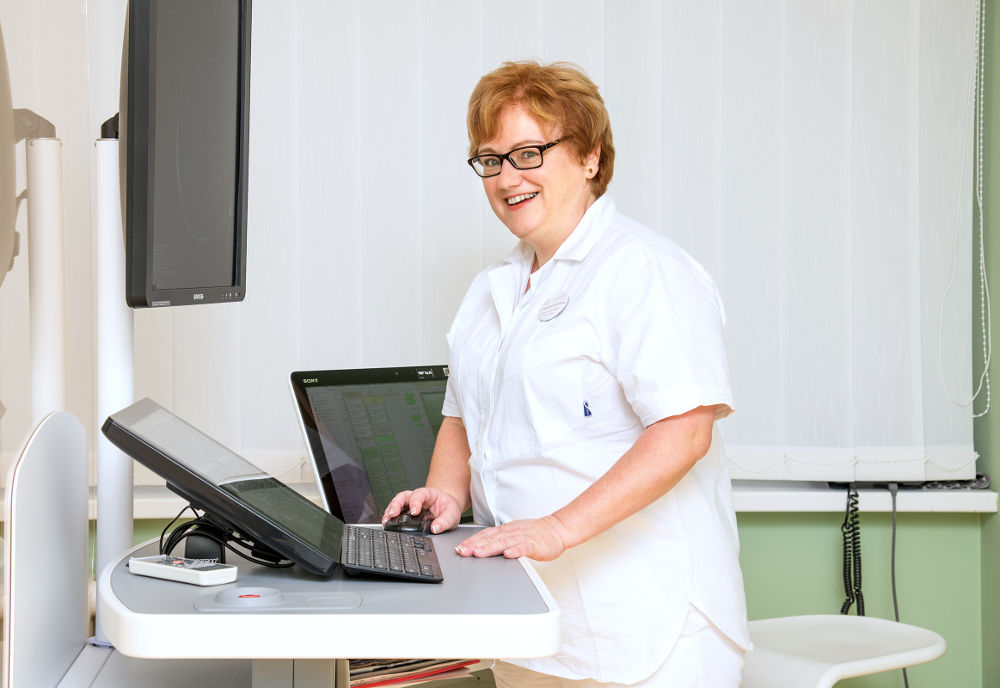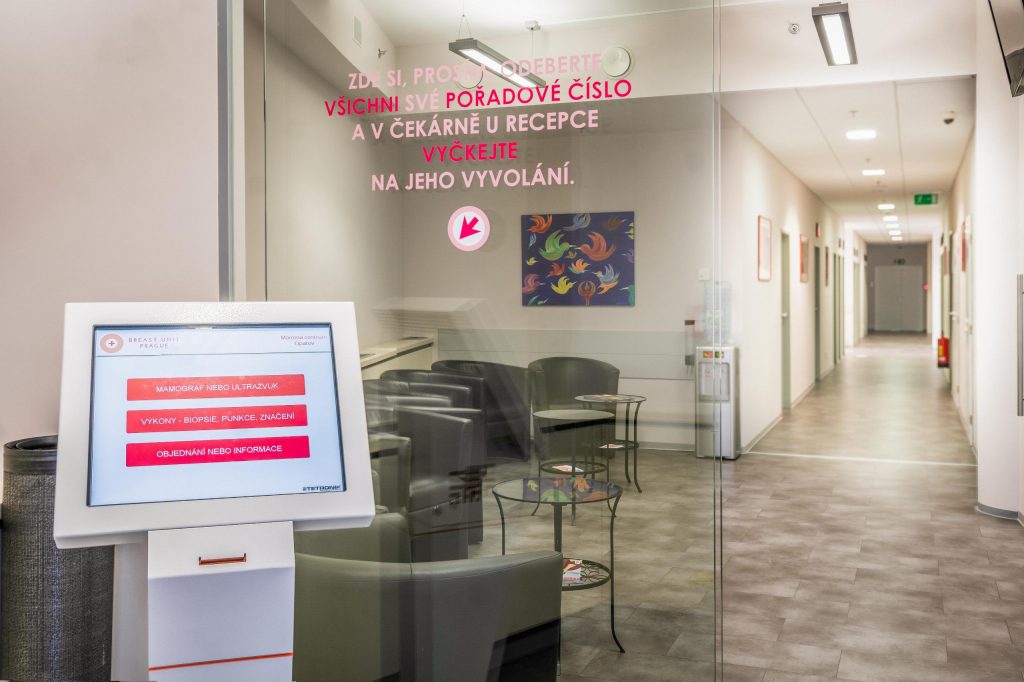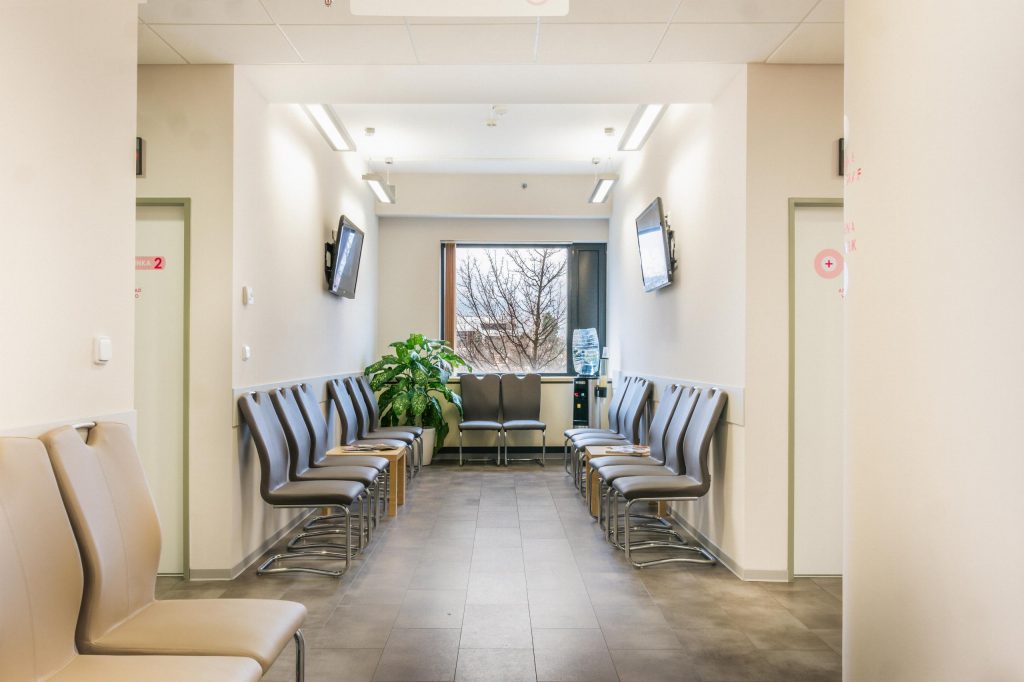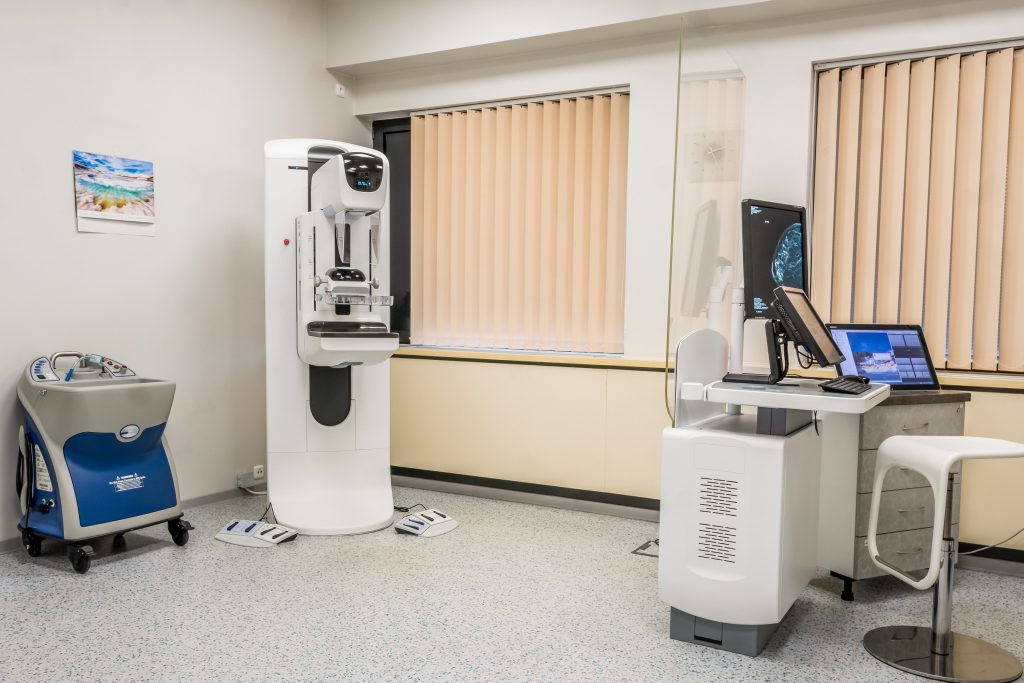Thanks to today's open-mindedness, breast cancer is being discussed and written about more extensively, breaking down one of the unnecessary taboos.Thanks to this, there is an observable increase in the sharing of various recommendations on how women can take care of their breasts. Women adopted a more cautious view-point on regular check-ups, and they realise that early detectionis the most effective way to treat breast diseases. Even from early found malignant breast tumour, it is possible to either completely heal, or monitor and control it closely for many years while being able to have a high quality of life.Compared to other diseases, breast cancer is often not a fatal (terminal) disease without a future. So how can we prevent breast cancer?

When is your mammogram covered by health insurance?
When is your mammogram NOT covered by health insurance?
What can you expect at the breast examination?
Do you need a mammogram or an ultrasound?



WHEN CAN I COME?
You can come for a preventive examination regardless of age. If certain conditions are met (can be found here) the examination is fully covered by health insurance, in other cases, the woman pays for the examination herself.
A woman above 45 years of age, once every 2 years, is eligible to undergo a mammography covered by health insurance on the basis of a referral from a gynaecologist or general practitioner. Preventive examinations are not performed on pregnant and breastfeeding women.
For women undergoing hormone replacement therapy (HST, HRT) during menopause, it is advisable to perform a mammography every year. Since a woman is only entitled to a preventive mammography covered by health insurance once every two years, she is obliged to pay for the examination herself every other year. The same applies to women who wish to be examined once a year due to personal or family risk factors, even if they are not taking HST (this applies to women over 40 years of age).
For younger womenwho do not have signs of breast disease but have personal or family risk factors or just want to be sure they are healthy is possible to book a self-paid preventive ultrasound examination. (The price list can be found here)
BREAST ANATOMY
So we don't have to open up medical anatomical atlases, imagine the mammary gland as a grape made up of hundreds of tiny lobules connected by delicate, non-tangible milk ducts. The terminal lobules, which are the most sensitive to all hormonal changes and which are the producers of breast milk in motherhood, have a very different sizes. In some women, the norm for the size of the terminal lobe is 1mm, in others it can be up to 7mm. During lactation (breastfeeding) these lobes show the ability to enlarge multiple times. The larger standard size of the terminal lobes outside of lactation (5-7mm on average) may make self-examination difficult, but this is no reason to get upset.
Hormonal dependence of the lobules is the reason why every examination of the mammary glands is performed during the period of greatest hormonal calm in the first ten days following the beginning of the menstrual cycle. At that time they are the smallest and most compressible. In the period before menstruation, the lobes usually become swollen, painful and harder to palpate.
For breast cancer prevention, self-examination is the easiest method you can perform yourself without any medical assistance. For instructions on how to perform a proper self-examination, see in this video.

